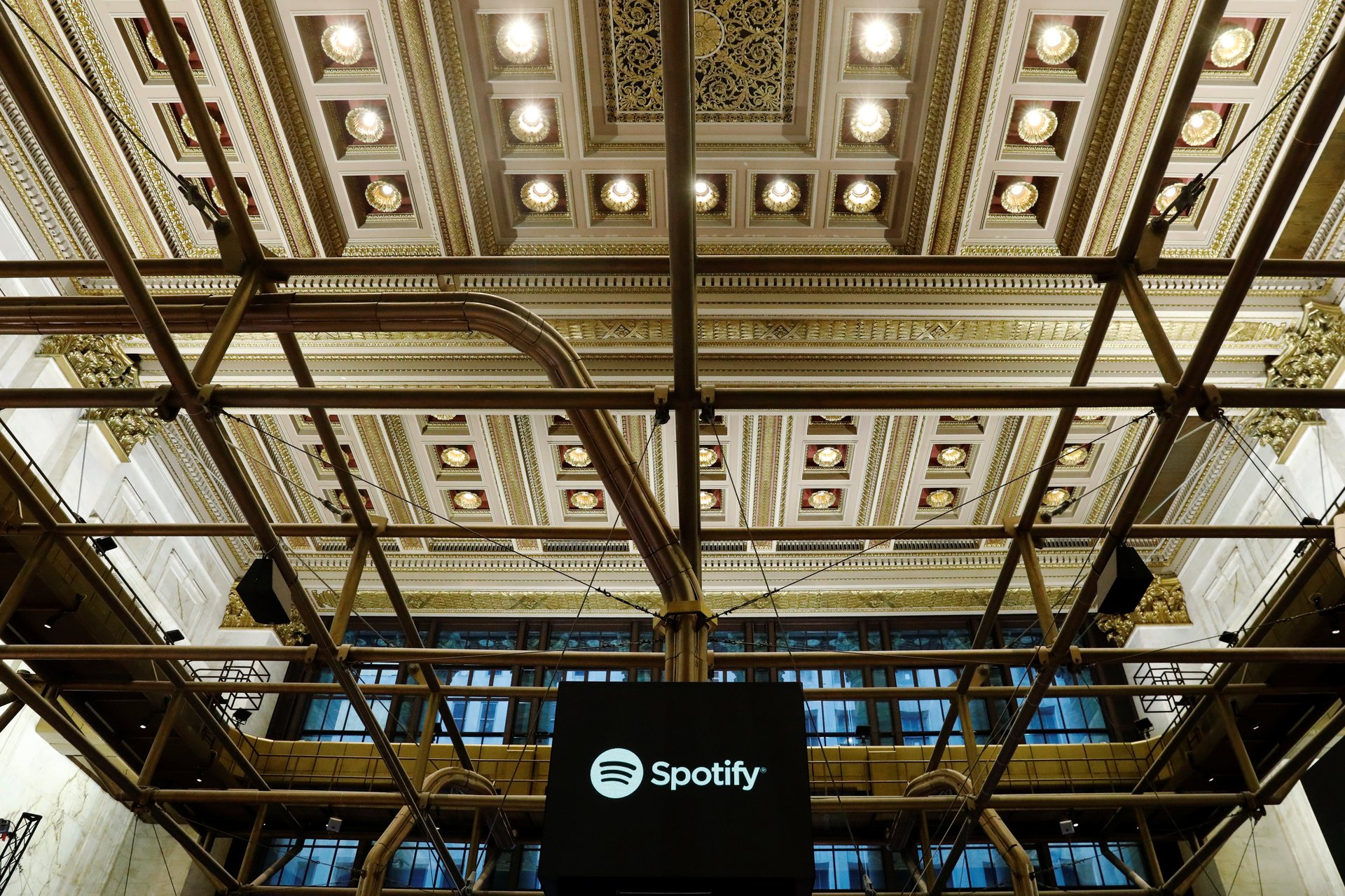Spotify had a wimpy market listing, and that’s okay
Spotify’s direct listing on the New York Stock Exchange was a non-traditional route to the public capital markets. Its first day of trading—with relatively few trades—continued the unusual float.


Spotify’s direct listing on the New York Stock Exchange was a non-traditional route to the public capital markets. Its first day of trading—with relatively few trades—continued the unusual float.
When the market opened, investors valued the company at $30 billion, but volume was light without the influx of new shares typically released during an IPO to raise cash for the company or underwriters to all-but-blindly buy and sell shares.
With a couple of exceptions, Spotify’s investors were free to unload their shares in the nearly 12-year-old company. But existing shareholders—be they the venture funds who have financed the company thus far or the employees who were compensated with shares in the past—weren’t selling.
Perhaps it’s because nothing has changed. Spotify shareholders have been able to buy and sell their equity “for years,” according to a post by Daniel Ek, the company’s chief executive. The listing on the NYSE didn’t change the financial plans of Spotify’s shareholders.
Of course, the most likely reason for the dearth of sellers is that shareholders thought the offered prices were simply too low.